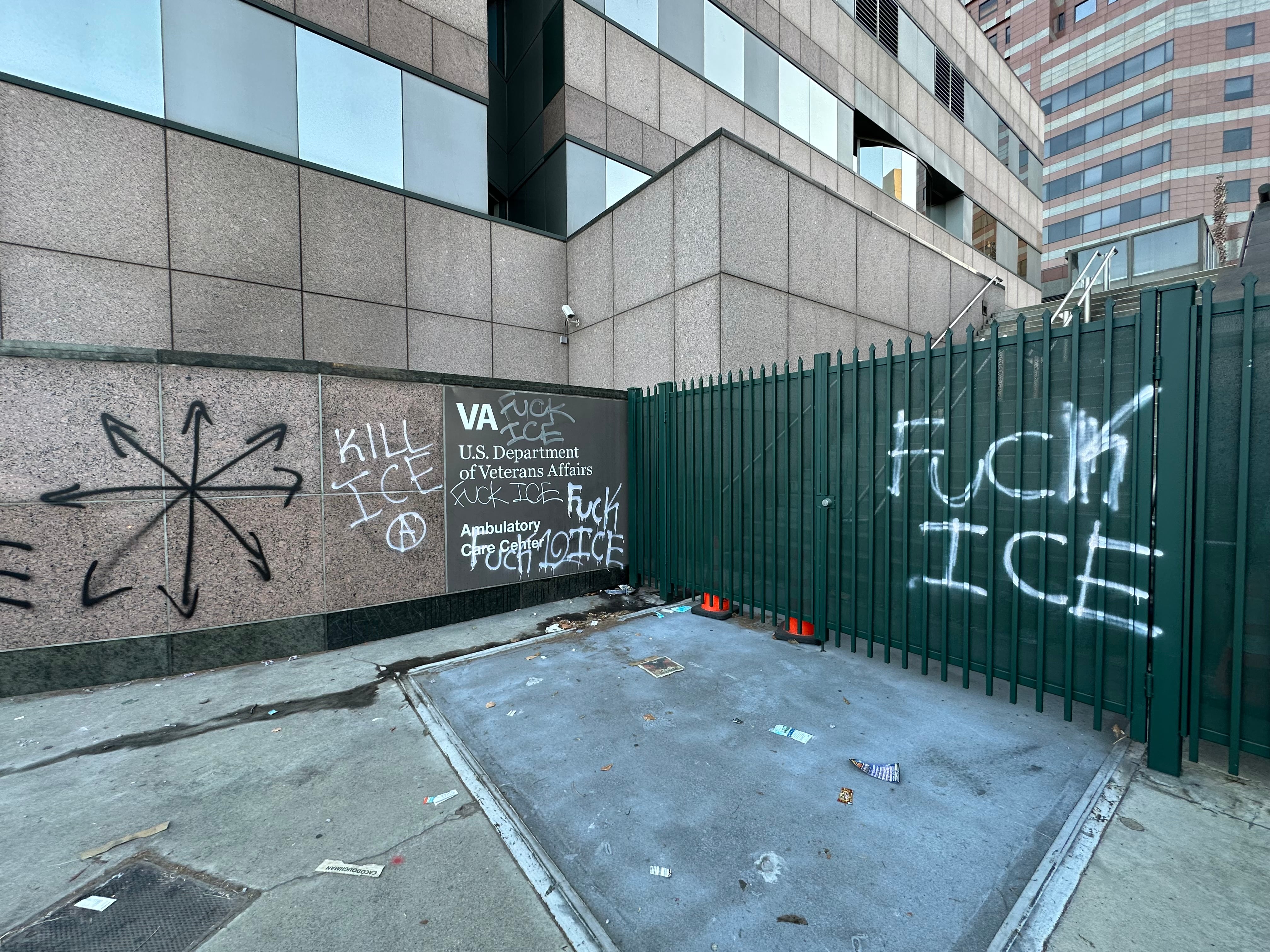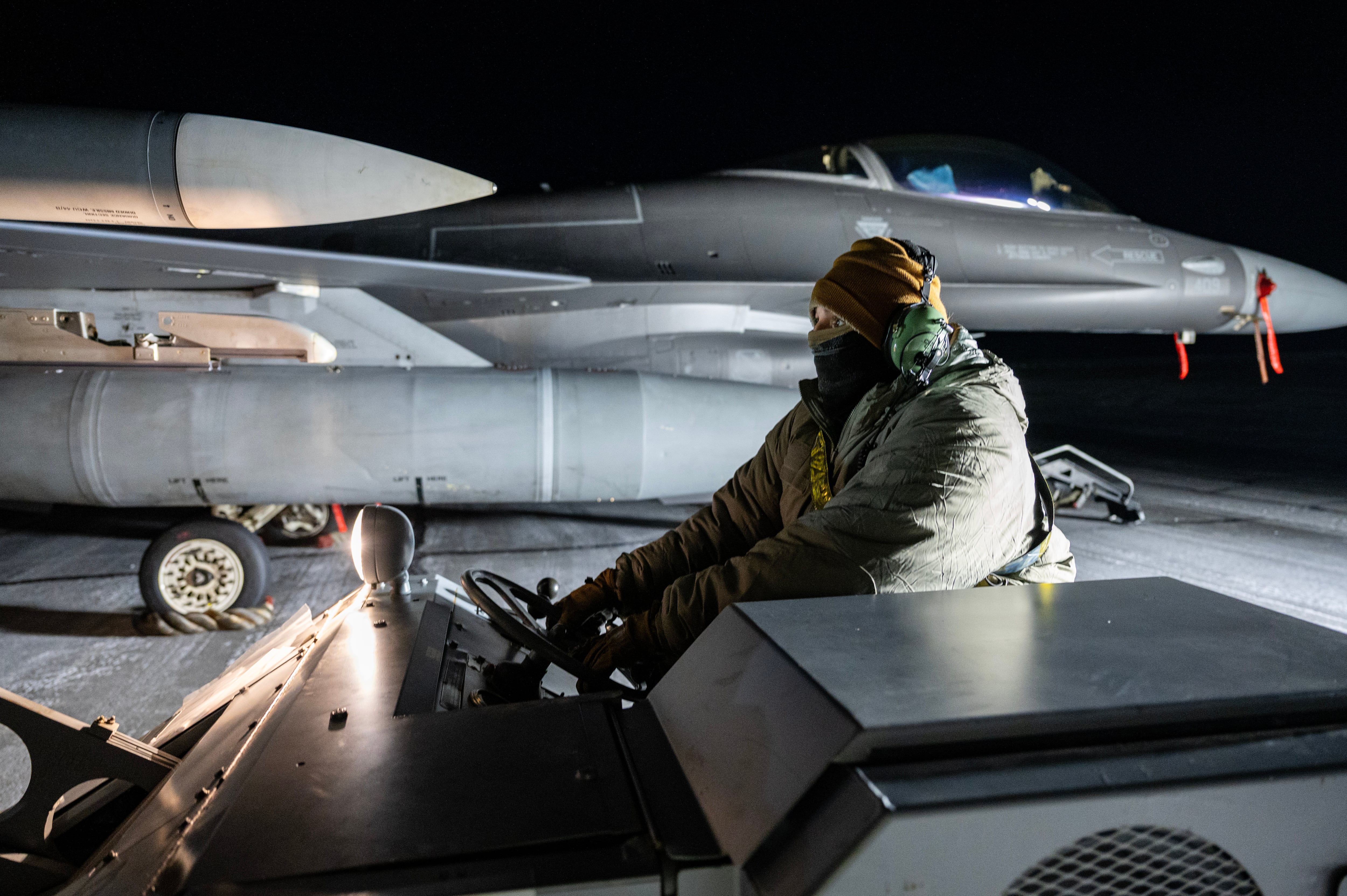The $2.5 billion on the table in an upcoming Supreme Court hearing on use of Pentagon funds to build the border wall has already been paid out, a Pentagon spokesman confirmed to Military Times on Tuesday.
The Supreme Court announced Monday that it would take up a challenge to one of the Trump administration’s U.S-Mexico border fencing funding workarounds, specifically $2.5 billion in military counterdrug money re-allocated in 2019 to be paid out to contractors by the Army Corps of Engineers.
“Those funds cover 129 miles across six projects,” Mitchell said, contract awards for fencing in New Mexico, Arizona and California, according to USACE data. The Pentagon could not provide details on how many of those miles have actually been completed.
The original lawsuit, first filed in Texas last year, challenged the legality of using those funds to build fencing along the U.S.-Mexico border. But as it wound its way through the courts, Pentagon spokesman Army Lt. Col. Christian Mitchell confirmed to Military Times on Tuesday, all of that money has been paid out.
A Texas judge ruled in favor of the plaintiffs late last year, putting an injunction on any further border construction. But a Justice Department appeal lifted that injunction, and last summer, the Supreme Court in a 5-4 vote decided not to hear a challenge that would have reinstated it.
“The Court’s decision to let construction continue nevertheless I fear, may operate, in effect, as a final judgment,” Justice Stephen Breyer wrote in his dissent, on behalf of the four justices who voted to hear the case.
It’s unclear, however, what would happen if SCOTUS rules against the administration. The original lower-court ruling stopped construction, but did not cancel contracts or force refunds, which could be the case again this time around.
In total, the Pentagon diverted $6.1 billion in 2019 to fund the border wall, including $3.6 billion in military construction funds.
The Defense Department followed that up with another infusion early this year, of $3.8 billion dollars originally allocated for building planes, ships and ground vehicles, which was instead set aside to pay for 200 more miles of fencing.
Combined with Homeland Security Department funds, that should be enough to cover nearly all of the proposed $18-billion, 722-mile wall, the deputy assistant defense secretary for homeland defense integration told reporters in February.
“Based on where we are in the process, the ability to speed that up and deliver on the border barrier construction has obviously increased significantly,” he said. “I don’t have anything specific, but it’s clear that we’ll be meeting the requirements that have been identified by the president to accelerate and build the border barrier as quickly and effectively as possible."
In the meantime, Defense Secretary Mark Esper issued a new cap on the number of troops ― mostly National Guard and reserve ― who can deploy to the border to assist Customs and Border Patrol with the flow of migrants.
The limit is now 4,000, versus 5,500 previously, though the numbers had stayed at roughly 5,000 for the previous two years. The change effectively amounted to a drawdown, which officials had previously estimated would start to happen once enough border wall had gone up to ease the requirement for boots on the ground.
“So anywhere you’ve now stopped the flow coming across, where we’ve committed both detection and monitoring personnel and border police, we no longer have to commit the same number of personnel,” Lt. Gen. Andrew Poppas, then-director of operations for the Joint Staff ― now director of the Joint Chiefs of Staff ― told reporters in September 2019.
Meghann Myers is the Pentagon bureau chief at Military Times. She covers operations, policy, personnel, leadership and other issues affecting service members.





